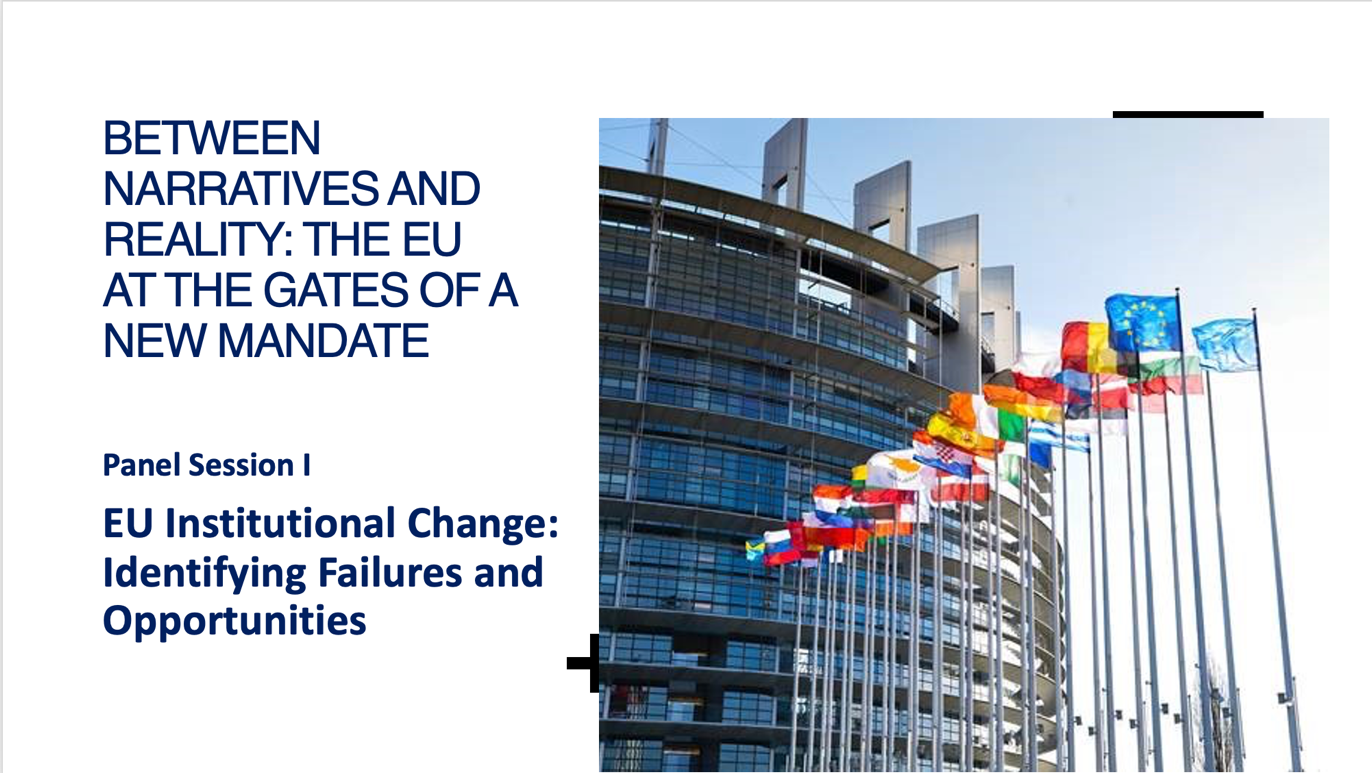Border traffic

Christmas markets in the region were hard to miss in December. The one in Maastricht, called ‘Magisch Maastricht’, was on my way home from work, so I both literally and figuratively couldn’t miss it. As in previous years, I often heard more German than Dutch voices—an indicator of the popularity of this holiday event for people from across the border. I almost felt at home, despite the comments I occasionally heard from my countrymen, that the Glühwein was ‘bei uns aber besser’ (better at home in Germany).
Interestingly, I observed the same phenomenon at the Christmas market in Münster, which I visited with some German friends. At least on the day I was there, most of the visitors were Dutch, which could be seen from the many buses with yellow license plates. I was amazed at so much interest from the Netherlands in a German event, and chuckled inwardly at the glazed look of the vendors as Dutch visitors asked if they were selling ‘poffertjes’ (Dutch pancakes).
What this anecdote illustrates is that there is a huge exchange across borders of people who want to experience ‘life on the other side’ while taking their own traditions with them. What so naturally happens at Christmas markets is in fact what also occurs in other areas: in addition to tourists, students and staff are also contributors to border traffic. They find important things in their daily lives on the other side of the border, which has a definite stimulating effect on regions that are normally hampered domestically by their remoteness. By using their natural connections across the border, these regions can develop into a strong force in comparison to the traditionally more powerful central regions.
Limburg and the Meuse-Rhine Euregion are a prime example of the strengths of border regions. With its key location in the Netherlands, Belgium and North Rhine-Westphalia triangle, and with more than three million inhabitants, this region can be seen as an important counterpart to the traditionally important regions in the respective countries. I recently had a visit from a German professor from RWTH Aachen, who said that he has more Dutch than German or Belgian colleagues in his institute. Conversely, we have many German colleagues at our university. For years, we at UM have reaped the benefits of an internationally assembled staff and student population. At the micro level, encounters with other cultures can at the very least be called enriching, and at the macro level numerous conflicts and wars illustrate the ultimate consequence of the expression ‘onbekend maakt onbemind’(‘unknown means unloved’). In other words, the exchange of personnel works, and it happens a lot more than people realise. People living together and working together across borders is a reality, and it is the basis for social and economic well-being in our Euregion.
However, there are also concerns. Developments in both the Netherlands and Germany are threatening our trans-border ecosystem. Germany plans to levy tolls for the use of roads by foreign motorists, which will not be good for the existing exchange. Although the rules are already somewhat modified for border regions, these modifications don’t go nearly far enough. You might wonder why Germany is proceeding with this project anyway, while the expected revenues are low and much lower than the negative effects on cross-border exchange. But there have also been some changes in the Netherlands, especially in the area of taxes that negate the benefits of cross-border working and living.
Therefore, we need to plead with both of our national governments to stop with this restrictive behaviour. Europe is thriving most in the border regions, where people actually meet in everyday life to study and work. If we limit this free exchange with short-sighted legislation, such as the German toll system, then that not only affects the Christmas markets—it will also nip the European solidarity in the bud.
Other blogs:
Also read
-
AI needs to have access to huge amounts of data in order to be trained. In this article, I discuss the need for suitable text- and data mining exceptions in copyright law that stimulate AI development as well as enable human authors and creators to still earn a revenue.
-
This blog post is part of a series reflecting on the panel discussions held during the conference "Between narratives and reality: The EU at the gates of a new mandate", which took place at the Faculty of Law of Maastricht University on June 20 and 21, 2024. This panel focused on Institutional...
-
This blog post is part of a series reflecting on the panel discussions held during the conference "Between narratives and reality: The EU at the gates of a new mandate", which took place at the Faculty of Law of Maastricht University on June 20 and 21, 2024. This panel addressed inequality and...



